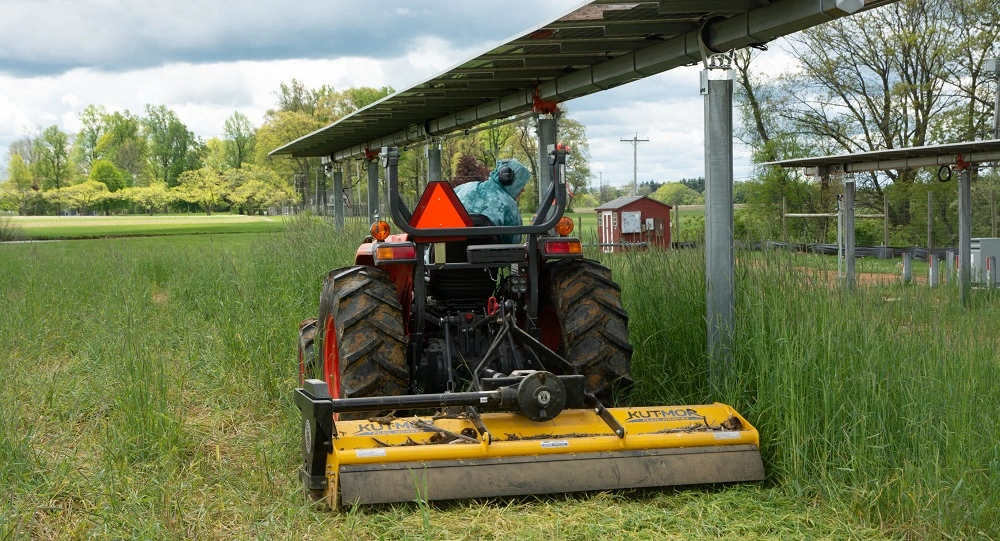love the move away from just seeing the choice for land use as solar or agriculture when it can be both, using the infrastructure of power generation to help protect growing plants could really help increase productivity for a small-holding especially when things like watering systems are tied into the PV infrastructure and we finally get round to taking advantage of roof space on things like barns.
I’ve seen some cool pictures of farms in arid regions using solar panels above irrigation to reduce evaporation too, i think solar mixed into where it’s other properties are useful or where it’s a good fit looks and works so much better than the neat rows of solar farms.
Looks interesting. Local, resilient, community power stations are a great idea, even set apart from the dual use for fruit and veggie farming.
I worry that in this case, since the power isn’t being delivered directly:
Lightstar’s community solar project will generate clean, local energy that home and business accounts can subscribe to a pay for portion of the electricity generated. This generation is then used as a credit to offset utility bills.
the existing utility company may be given far, far too much leeway to fuck people over, like in California where PG&E plays like crazy with the rates given to people pushing power to the grid from their solar panels, uses obvious rate differences based on time of day, and charges people fees just to use the infrastructure (which is absolutely fucking backwards, since every Joule of energy produced locally is a Joule that doesn’t have to be transmitted over their infrastructure from distant power plants).
On top of creating local solutions, we need to start decoupling them from the centralized and capitalist-controlled ones, and/or regaining a great deal of political power so that we can start setting conditions of our own.
yeah, i really hope we see better systems emerge for using energy at peek times or sharing power locally so that we can start moving away from the grid.


